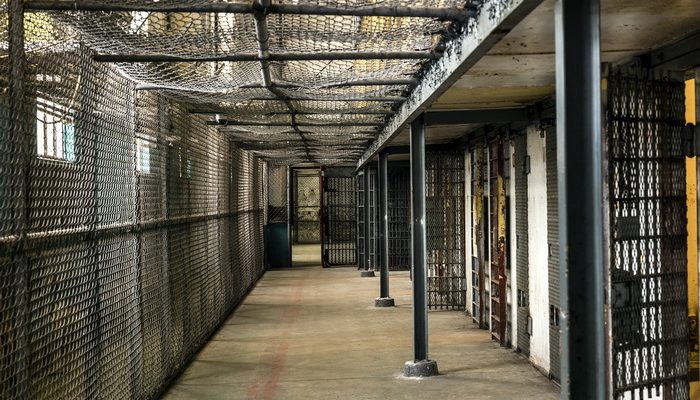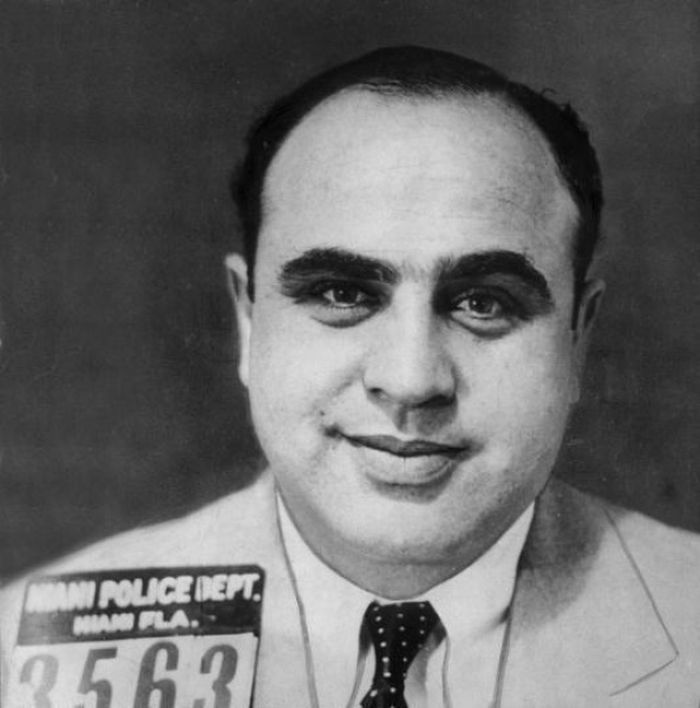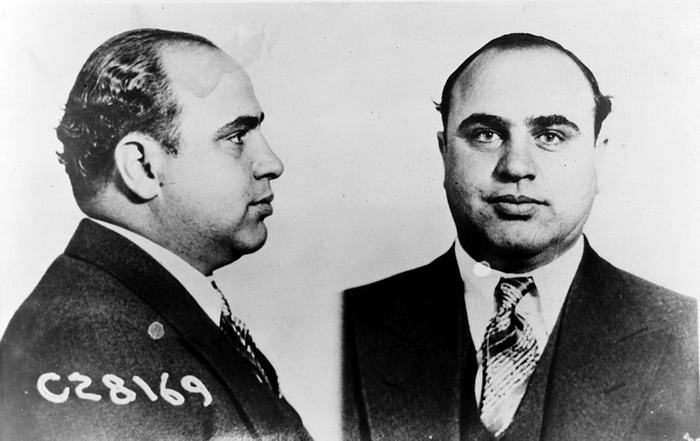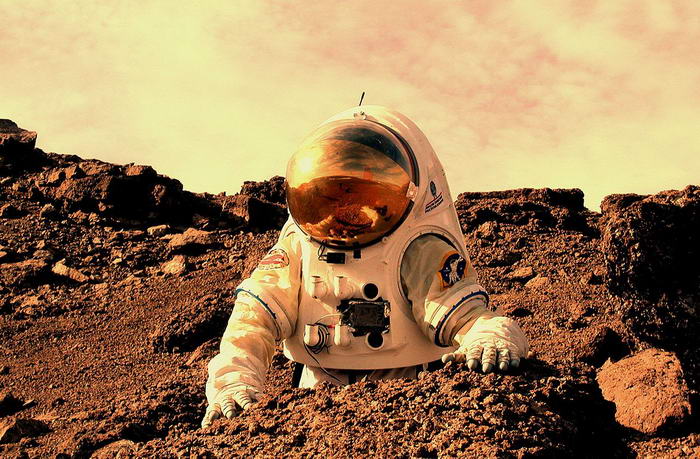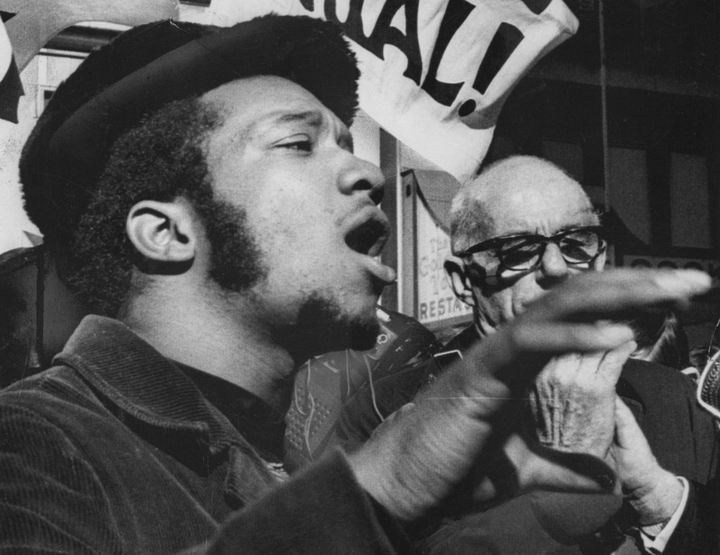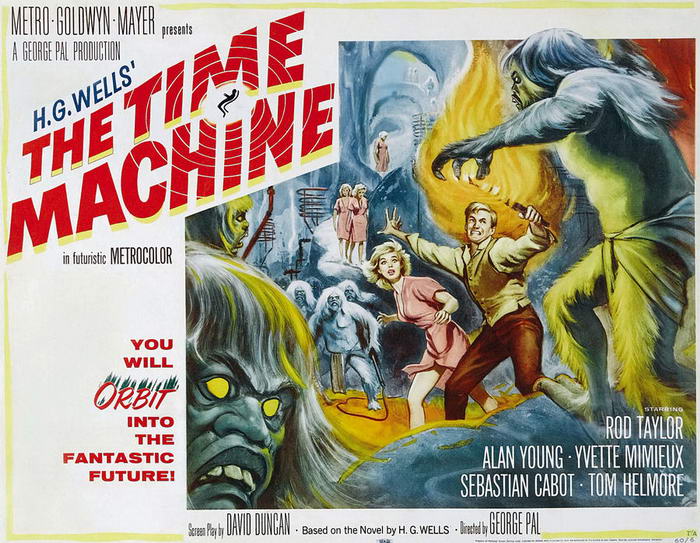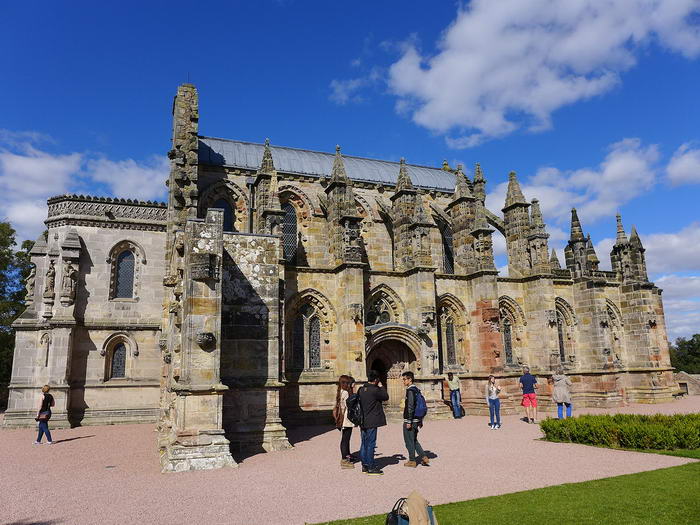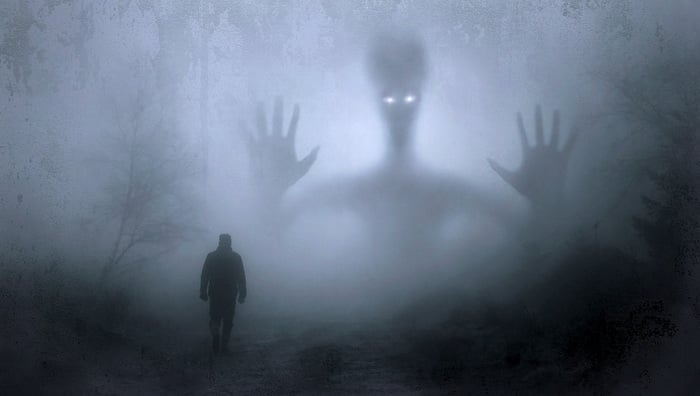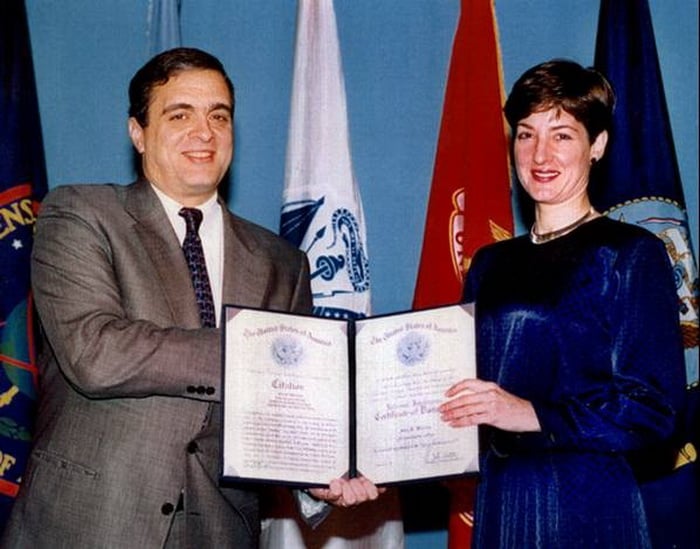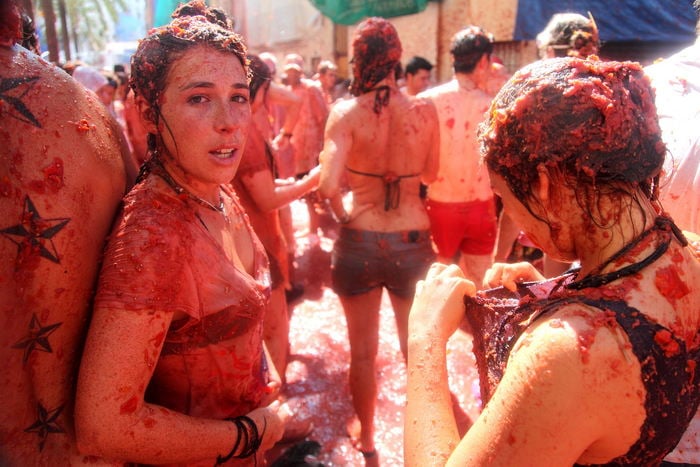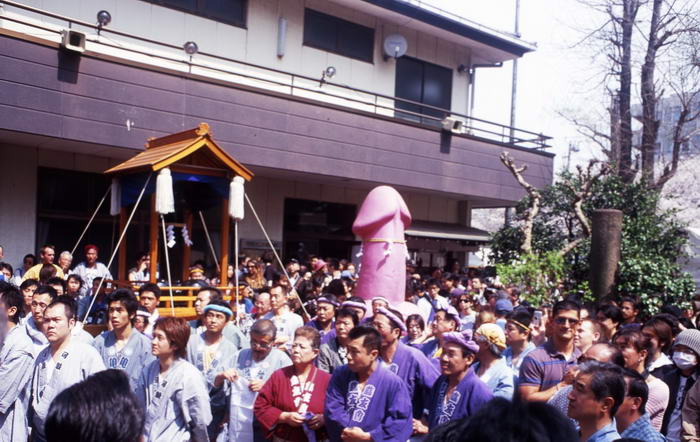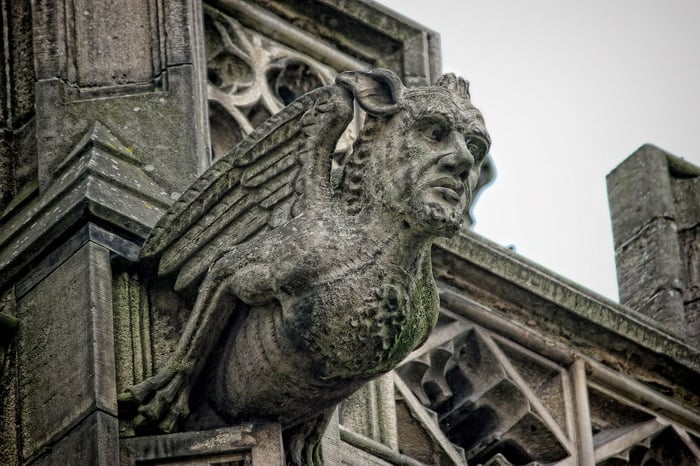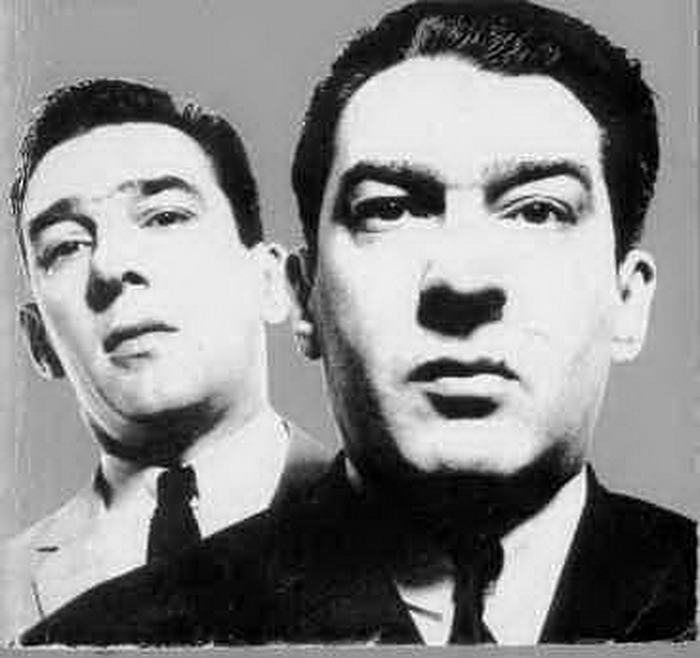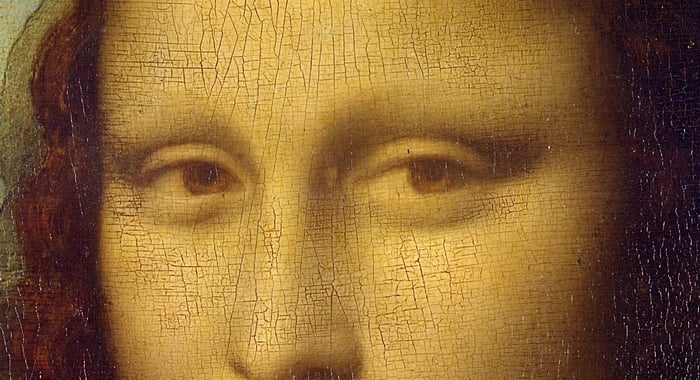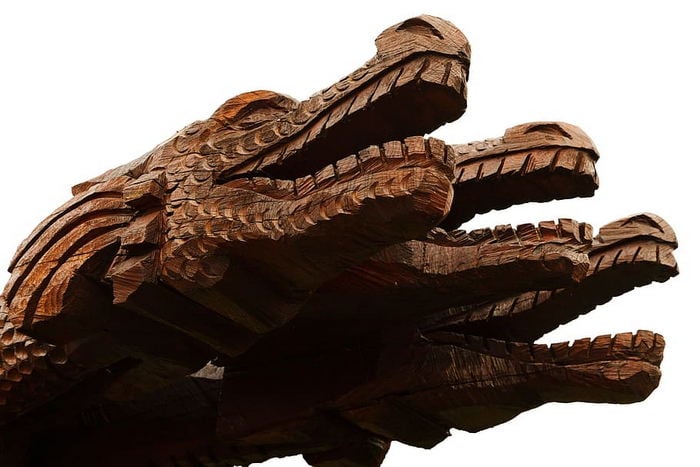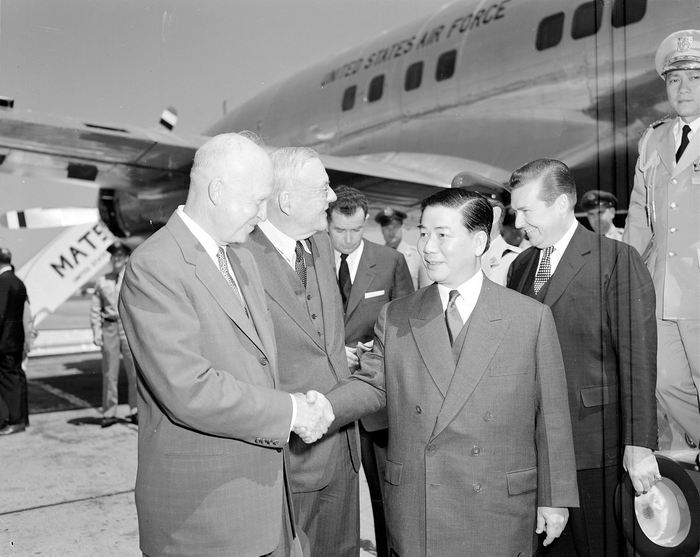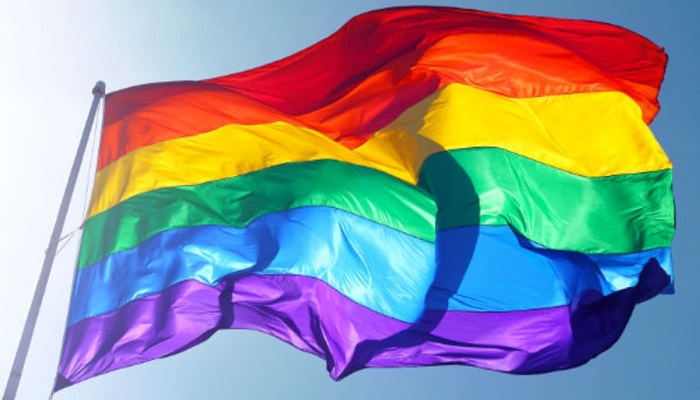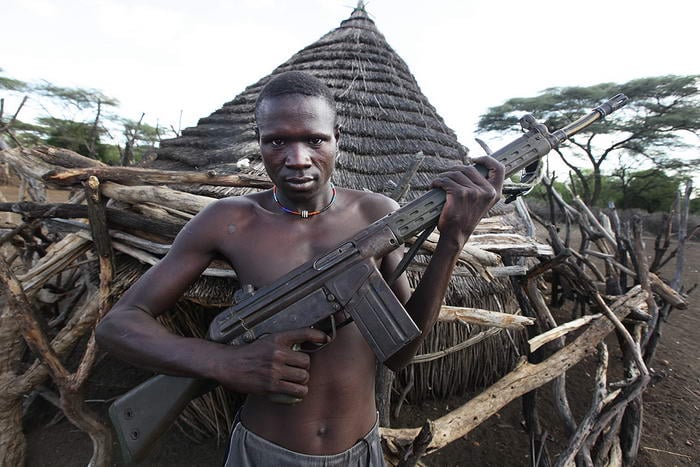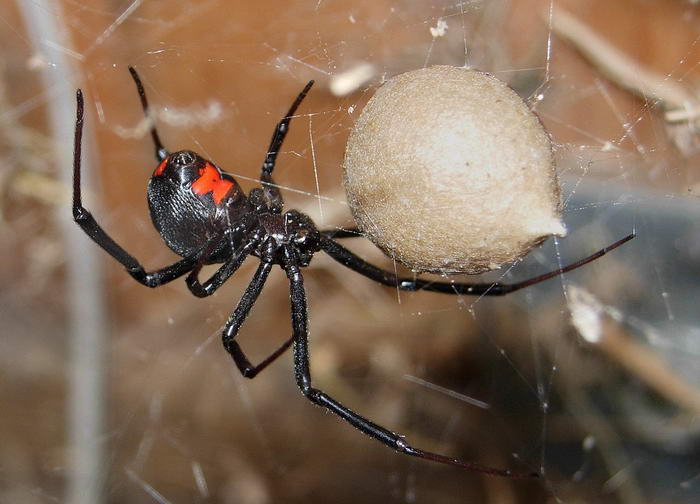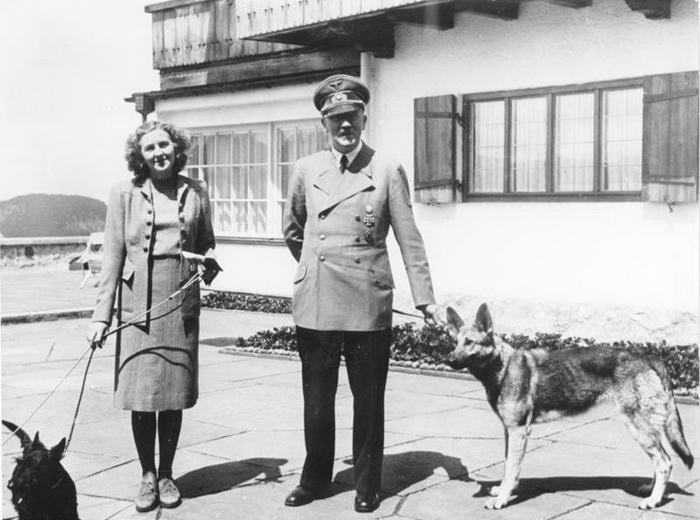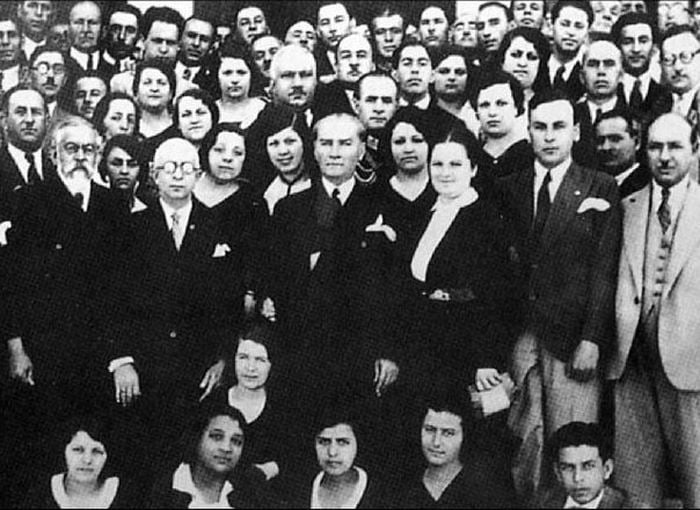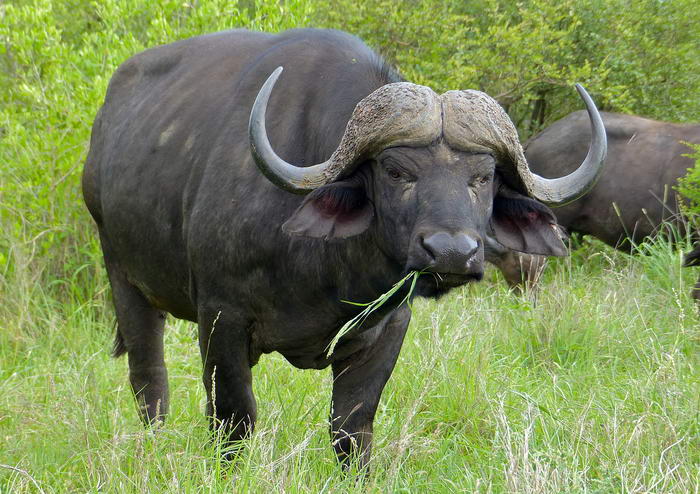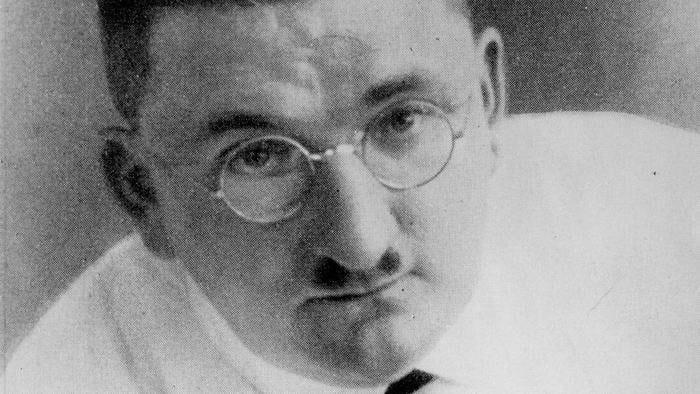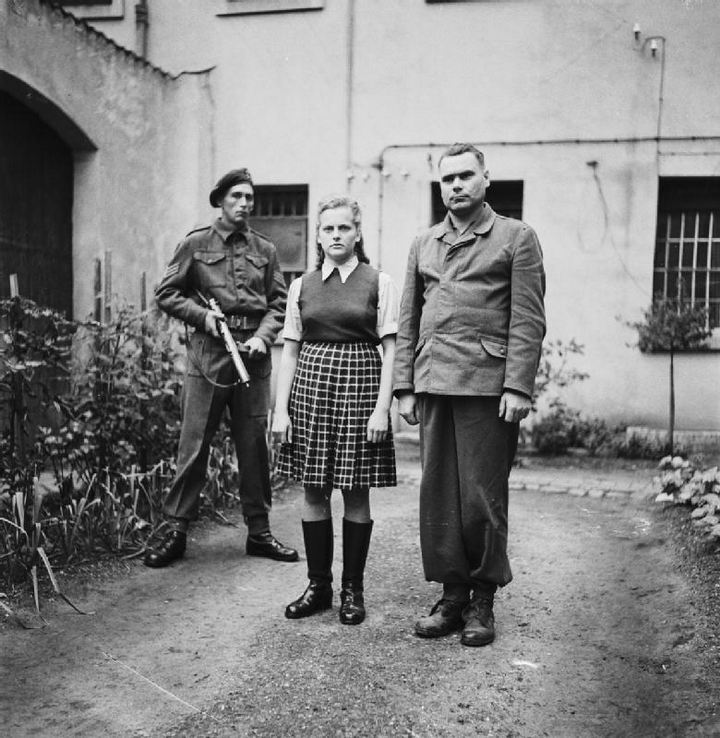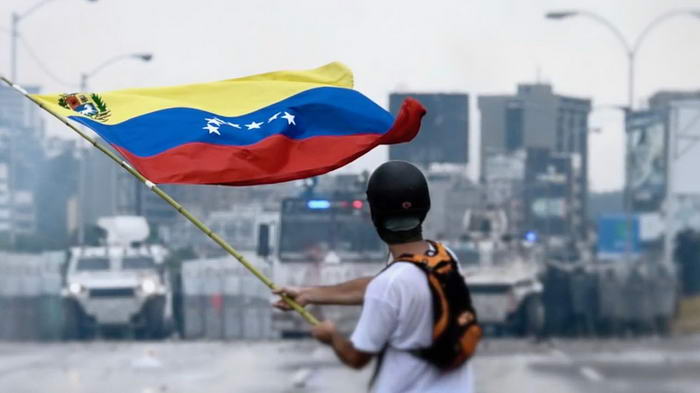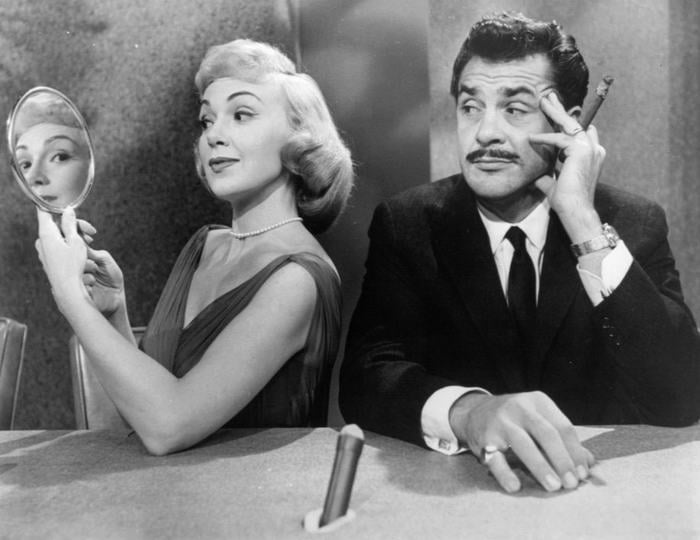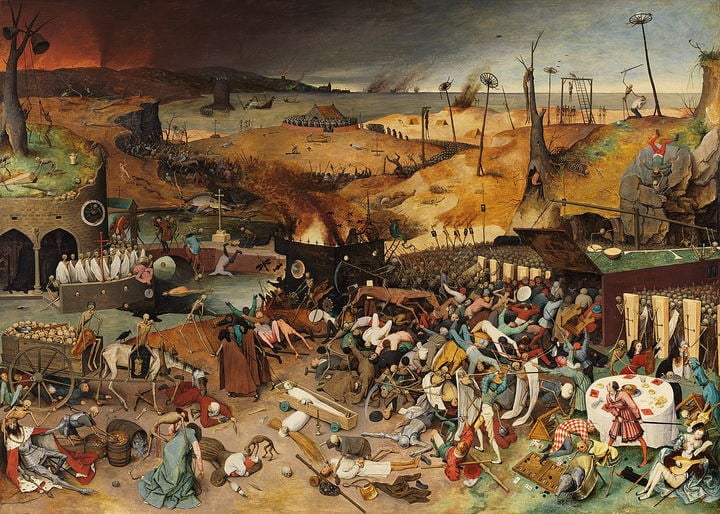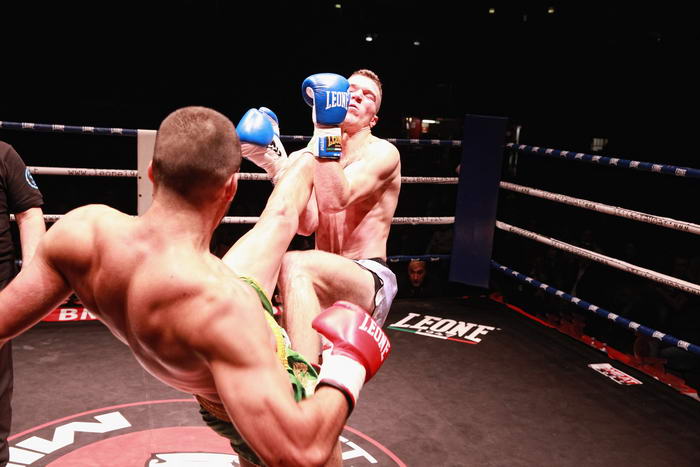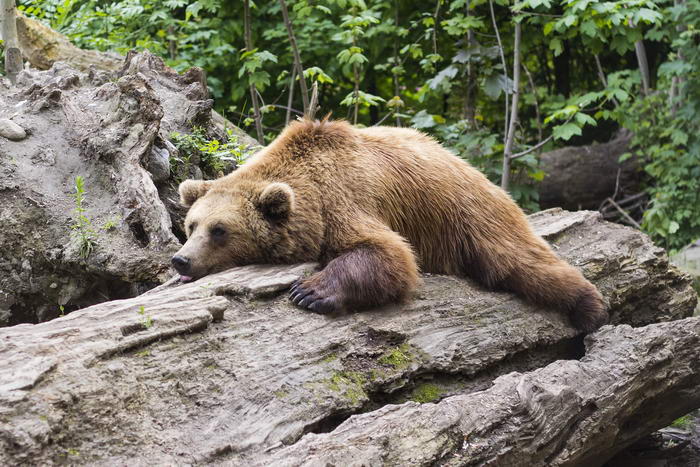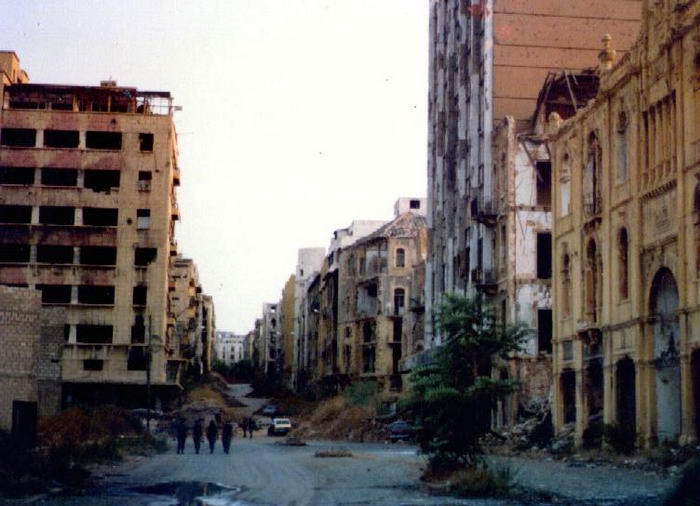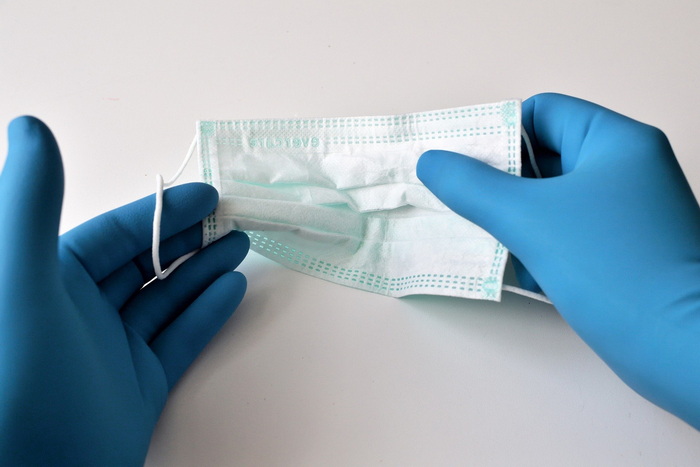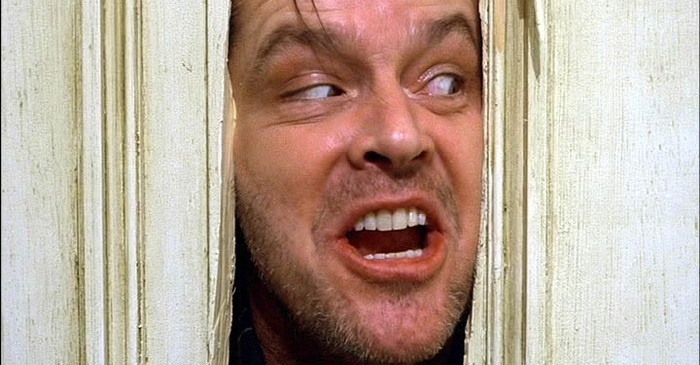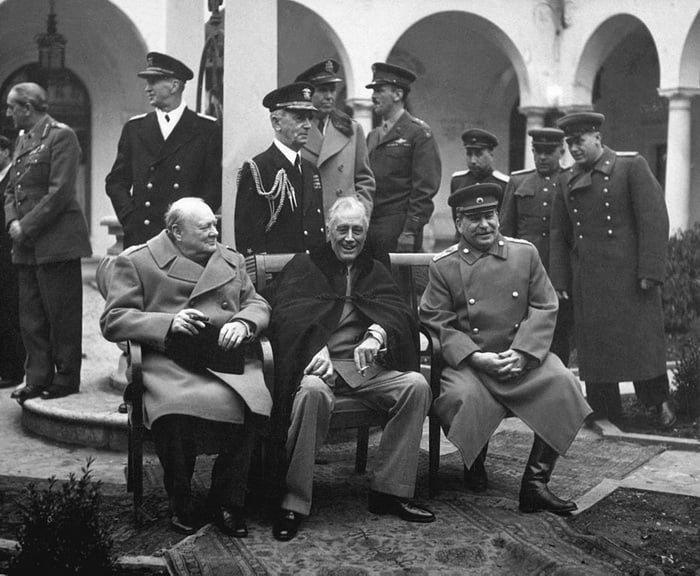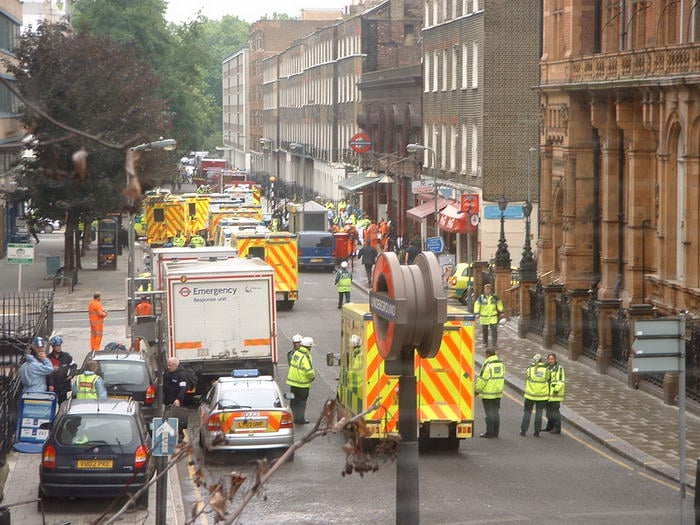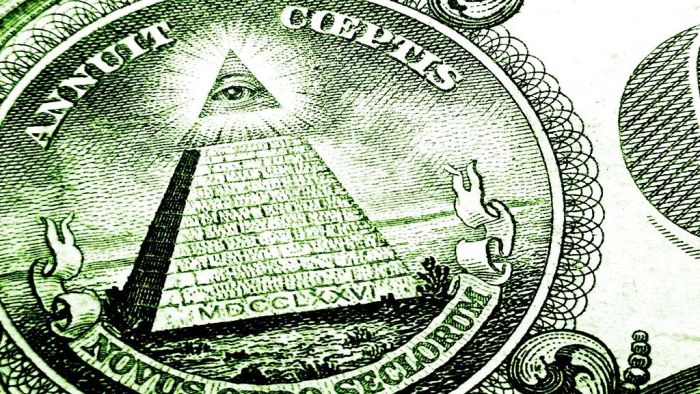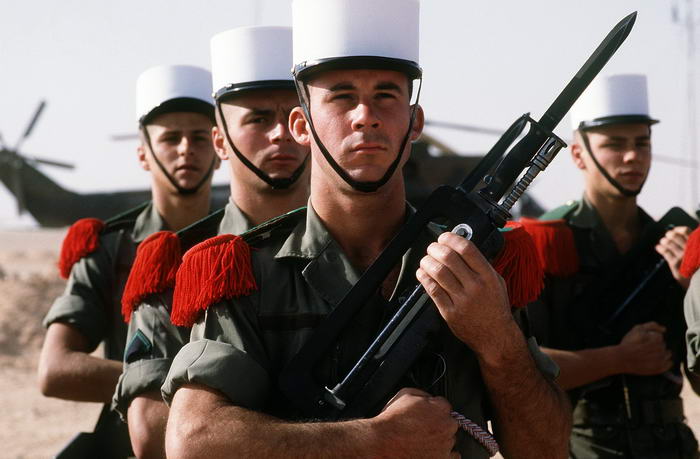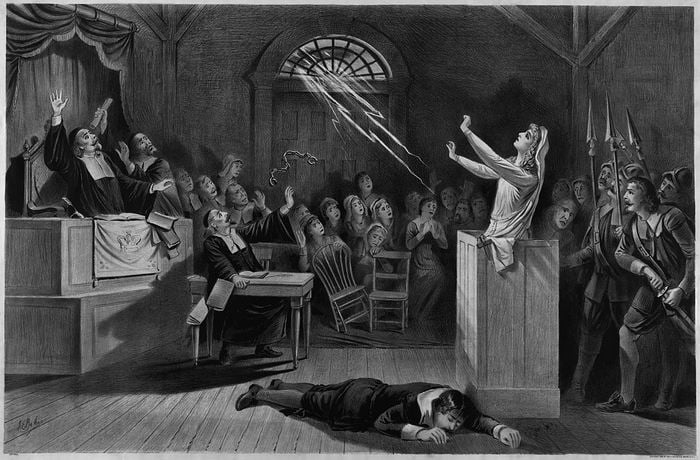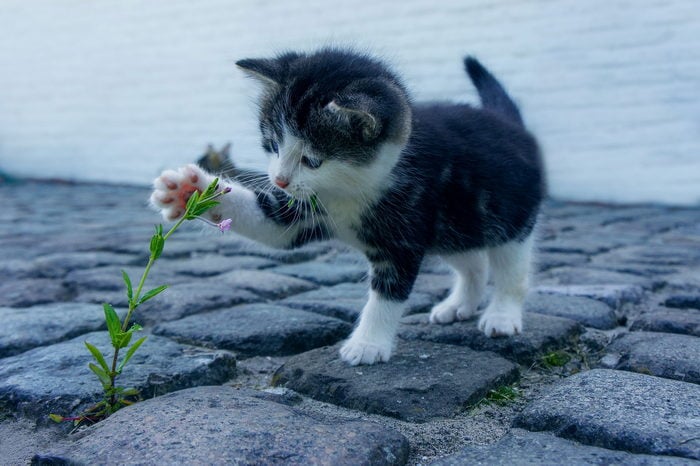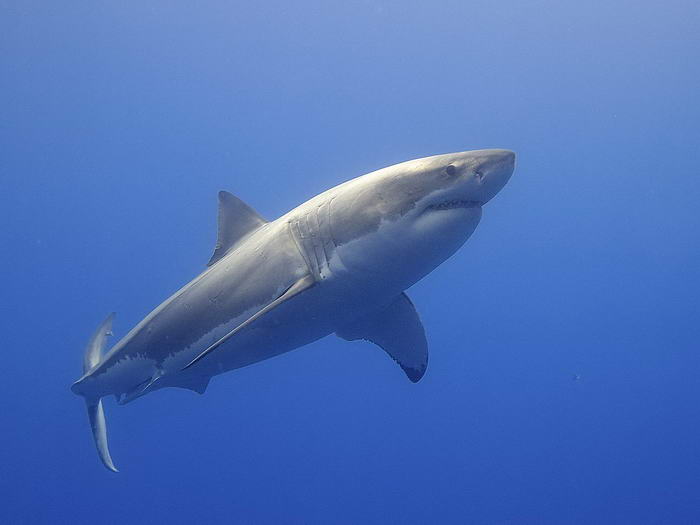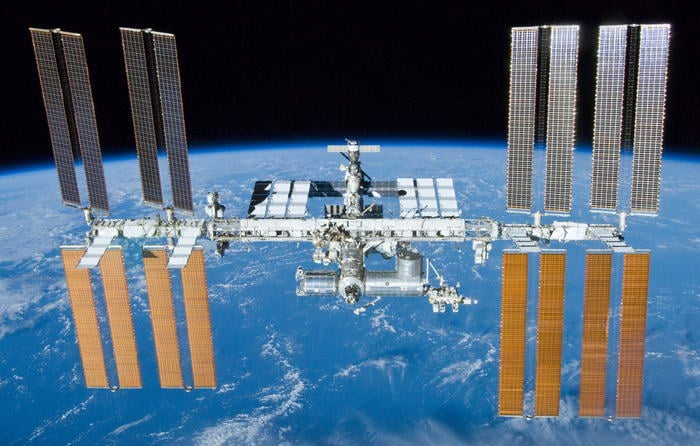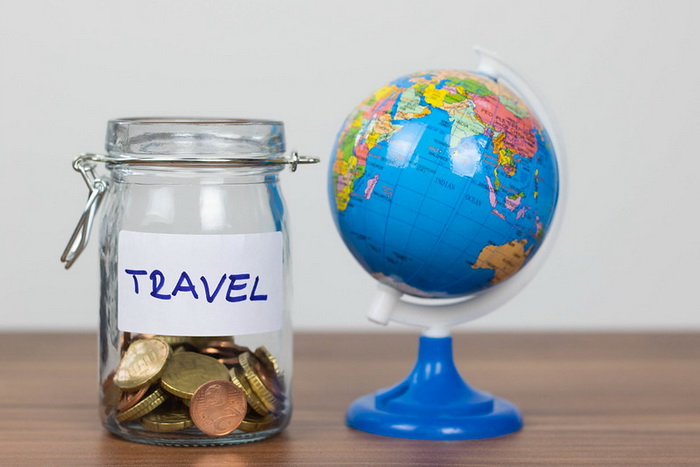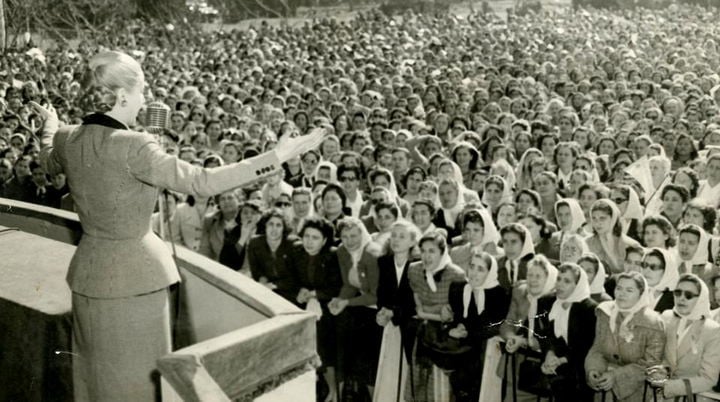In the labyrinth of global justice, there exists a network of secret prisons, hidden from public scrutiny, accountability, and often, humanity. But why do such places still exist in a world that champions transparency and human rights?
Secret prisons represent the darker side of governance, where laws blur and human rights can become an afterthought. They are often justified under the cloak of national security, particularly in the relentless pursuit of dangerous gangs and infamous gangsters. Yet, the ethical dilemma they pose is immense.
Despite growing condemnation, secret prisons remain. They serve as a chilling reminder of the lengths some governments will go to, often bypassing legal frameworks, to detain individuals deemed a significant threat. These hidden prisons often operate beyond the reach of standard legal protections, leaving detainees in a limbo of uncertainty and fear.
As we embark on a journey through the “10 Most Frightening Secret Prisons On The Planet”, we are forced to confront uncomfortable truths about power, justice, and the delicate balance between safety and liberty. It’s a world that many know exists, but few dare to explore.
10 – Salt Pit, Afghanistan
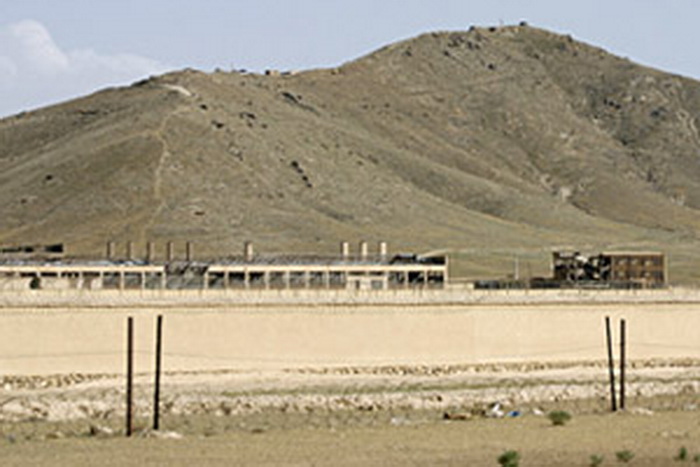
This is a secret CIA site in Afghanistan that was set up by the agency after the 9/11 terror attacks. As with all the prisons here, it does not officially exist which is why no-one is ever held accountable for their existence. This is used by the CIA to hold people suspected of being involved with terrorism for questioning. The conditions here are brutal with very small holding cells which have no windows or amenities. Prisoners here can expect frequent beatings, mock executions and water torture amongst other things.
09 – Penny Lane, Guantanamo Bay
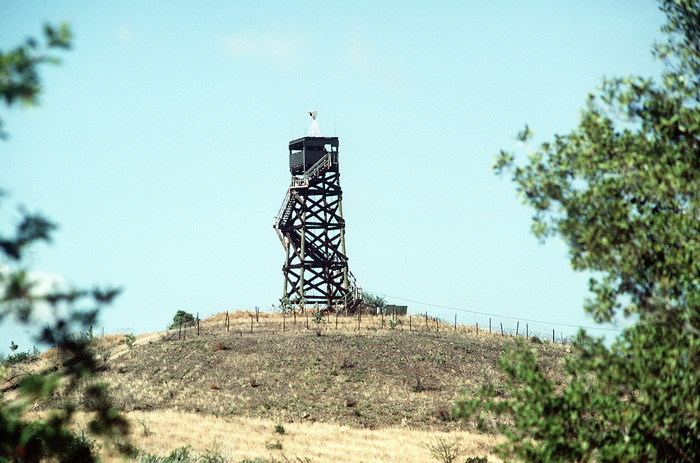
08 – The Resort, North Korea
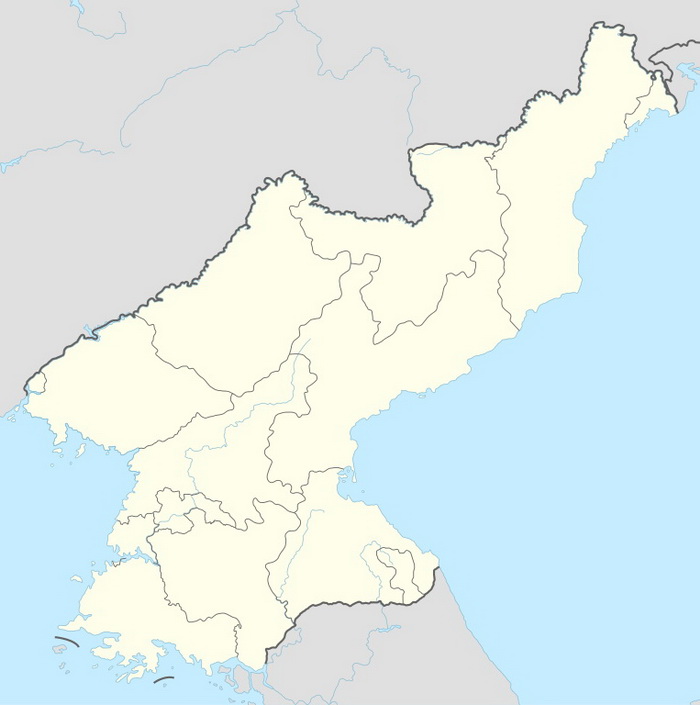
This is almost like the Penny Lane of North Korea! Found close to the Chinese border, it also lets inmates live a life of luxury with no harm done to them. This is mainly because it houses academics and officials who the North Korean government deem as dangerous to them. Of course, any attempt to escape could prove fatal but not many try. With no hard labour and free meals, many are content to spend their days in this secret place.
07 – Cat’s Eye, Thailand
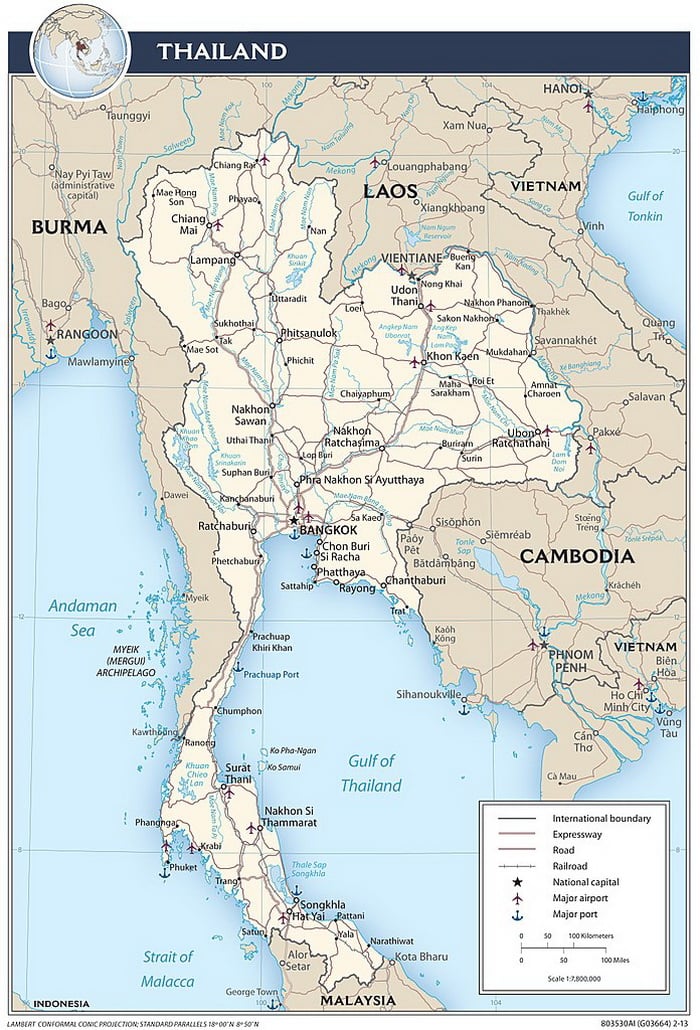
06 – Camp Lemonnier, Djibouti
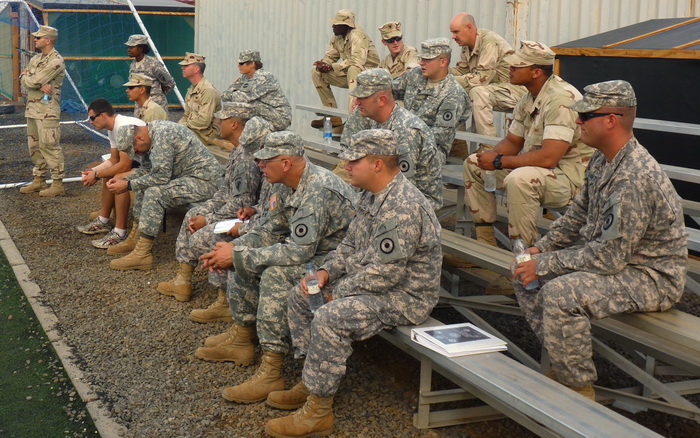
05 – Secret Gay Prison, Chechnya
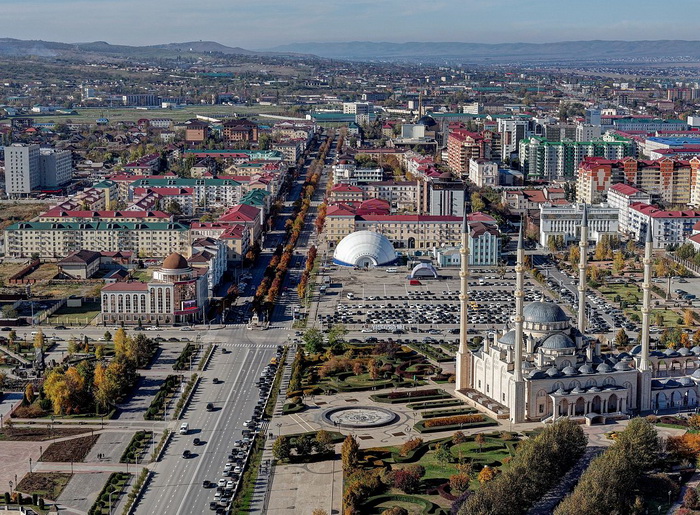
04 – Temara Center, Morocco
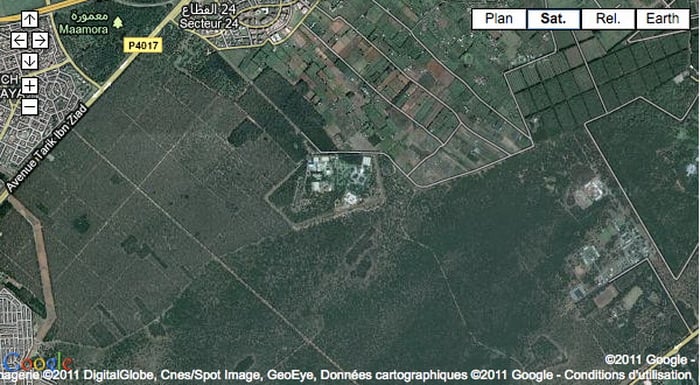
This secret prison is found close to Rabat in Morocco and was jointly run by the CIA (again!) and Morocco. Set up after the 9/11 terror attacks, it was originally just an interrogation suite but soon turned into a full-blown prison. The Moroccans used it more for political prisoners rather than terrorists though! The place was known as somewhere you didn’t return from and would usually leave in pieces after days of appalling treatment. Still operational, it is one place that many would do well to avoid.
03 – Camp 7, Guantanamo Bay
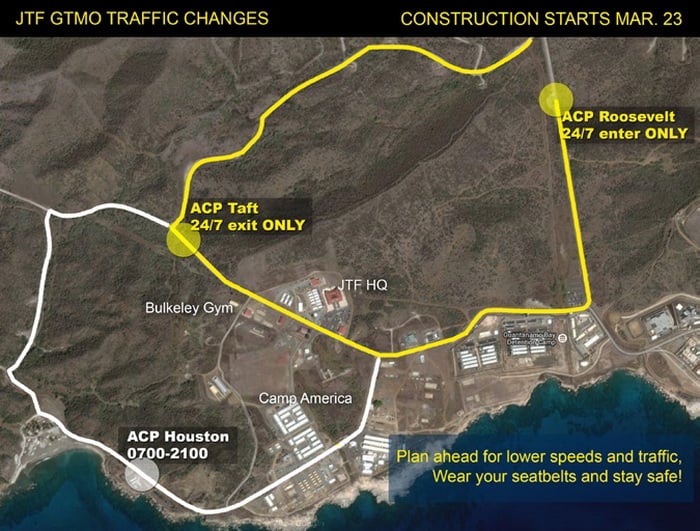
02 – Black Jails, China
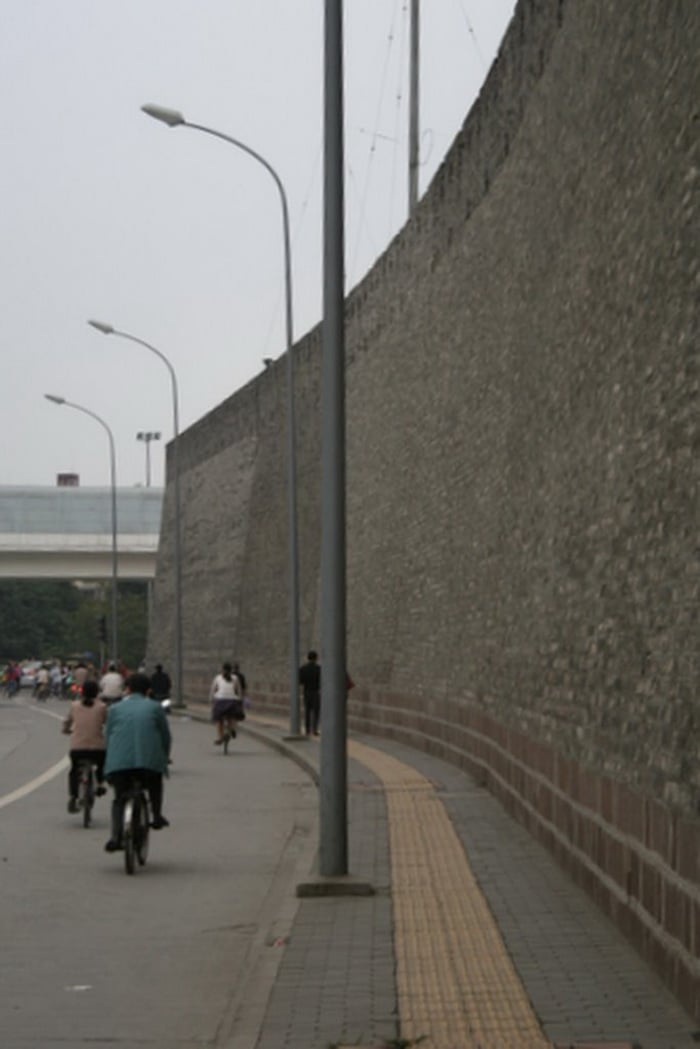
01 – Unnamed Prisons, Ukraine
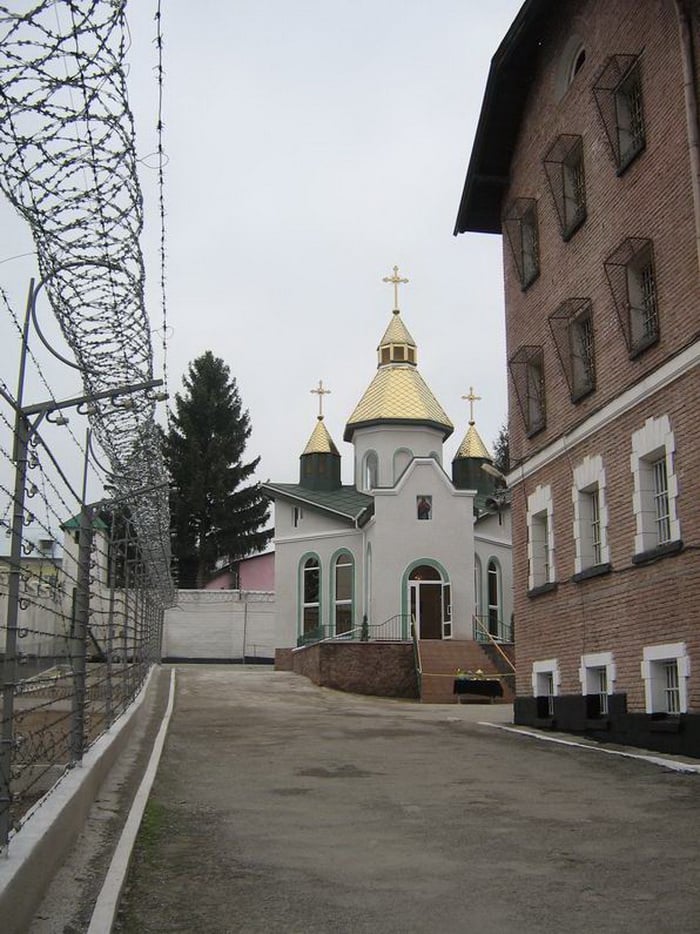
You would not think in this day and age that something so appalling as secret prisons would exist. As this list shows though, this is definitely the case! While no-one will ever admit to their existence or take responsibility for them, they still remain a way of getting information that Governments see fit to use when needed.
Unveiling the Shadows – CIA Black Sites and Beyond
CIA black sites symbolize the most enigmatic aspect of secret prisons. These facilities, often located in remote parts of the world, operated under a veil of utmost secrecy. The mere acknowledgment of their existence came after years of speculation and investigative reporting.
The controversy surrounding CIA black sites centers on their use for “enhanced interrogation” techniques, widely condemned as torture. Detainees, often held without formal charges, faced an uncertain fate, sometimes languishing in these hidden prisons for years.
The revelation of these underground prisons sparked global outrage and a reckoning within the U.S. It prompted heated debates about the balance between national security and human rights, about the very values that democratic societies stand for.
As we conclude our exploration of the “10 Most Frightening Secret Prisons On The Planet”, it’s clear that these institutions are more than just physical locations. They are a manifestation of the perpetual struggle between darkness and light, secrecy and transparency, in the quest for justice.
A Glimpse into the Abyss: A Brief History of Secret Prisons in the United States
America’s secret prisons have a storied and often shadowy past. From the days of clandestine Cold War operations to the post-9/11 era, the U.S. has navigated a complex path in its use of underground prisons.
The concept of secret prisons isn’t new. During World War II, special detention centers operated in secrecy, detaining those suspected of espionage. The Cold War saw the continuation of such practices, as the U.S. grappled with a new kind of enemy.
The aftermath of 9/11 marked a significant escalation in the use of secret prisons. The government, in its bid to combat terrorism, established a network of clandestine detention facilities, known colloquially as CIA black sites. These facilities were designed for the interrogation of high-value targets, often beyond the reach of traditional legal processes.
As we delve into the history of these hidden prisons, we uncover a narrative intertwined with national security, human rights debates, and the constant tug-of-war between safety and liberty. The existence of such facilities raises fundamental questions about the role of secret detention in a democratic society.


